This post may include affiliate links.
If you make a purchase, I'll earn a small fee at no extra cost to you.
You’ll be amazed at all the vegetables you can plant in November! These 12 delicious veggies love the cold, and you’ll enjoy your harvest all winter. Includes recommended varieties and planting tips.
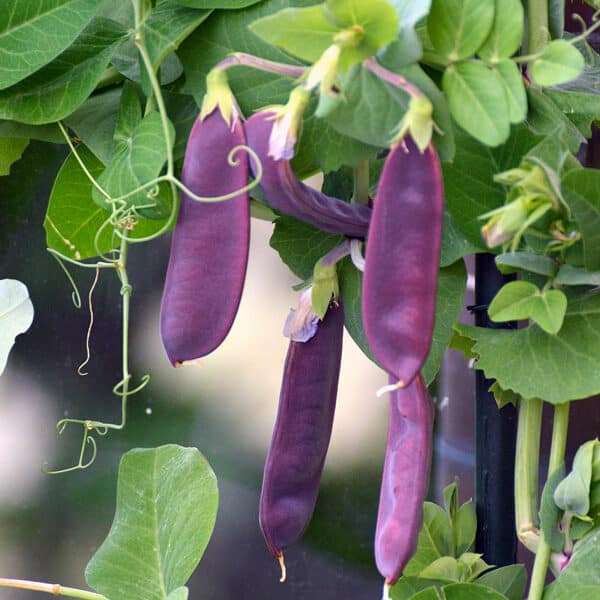
Brrr…it’s getting pretty chilly outside! Please don’t give up on your garden once the cold weather hits.
There are lots of vegetables that flourish in November, December, and January. Plant these and you’ll be enjoying fresh vegetables all winter!
Are you a brand new gardener? Not sure what to plant or when to plant it? I can help.
You’ll find lots of great information in my new book, The First-Time Gardener: Container Food Gardening.
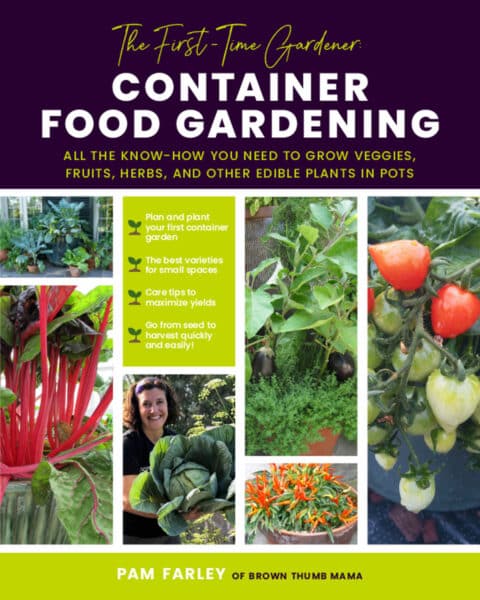
This planting guide for Zone 9 gives you 12 vegetables you can plant in November for a great harvest all winter. Let’s get started!
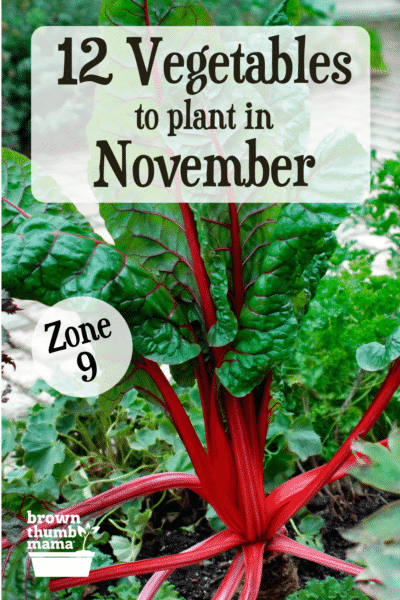
12 Vegetables to Plant in November {Zone 9}
Garlic is one of the easiest crops to grow, and it's one that never fails to give me a great harvest. Did you know that each garlic clove you plant grows into an entire head of garlic? That's great news for garlic lovers like me.
Varieties: There are two main types of garlic--softneck and hardneck. I grow softneck because it does best in our mild winters. Here's how to choose the best type of garlic for your garden.
Planting: Garlic does well in containers or directly in the soil. Just watch for weeds, since they don't like the competition. Learn how to grow garlic like a pro with these tips.
Recipes: If you somehow end up with more garlic than you can eat right away, it's easy to freeze for later use.
Radishes are a super easy crop to grow and are a great choice when gardening with kids.
Varieties: Radishes come in many different colors! I like Easter Egg Blend because you get red, white, rose pink, purple, and bi-color (red top, white base) radishes all in the same seed packet.
Cherry Belle is a great traditional radish. If you really want to throw the kids for a loop--grow Watermelon Radish, which is green and white on the outside and deep red inside.
Planting: Plant the seeds directly in the garden this month. They’ll grow quickly, and you can harvest your radishes when they’re the size of large marbles (in about a month).
Recipes: I love to eat radishes on my salads or just fresh from the garden. When they're small, they're less spicy.
Bok Choi or Pak Choy is a delicious vegetable that's often overlooked by home gardeners. If you’ve ever tasted it at an Asian restaurant, you’ll definitely want to grow it in your garden.
Varieties: Toy Choy is a minature variety that tolerates heat and is great for planting in containers. Standard Pak Choi, which you’ll usually see in the grocery store, can grow over 12 inches tall.
Planting: Plant seeds outside this month and you'll be harvesting heads with thick, white stems and glossy, dark green leaves in as little as 30 days. Learn more about how to grow bok choi.
Recipe: Wash thoroughly, chop, and stir fry with a bit of Black Bean Garlic Sauce. Yum!
Chard is great for new gardeners. It grows vigorously, provides a continuous harvest, and can even survive the winter in mild climates. Ideal, right? Except that if you’re the only person in your family who likes to eat Swiss chard, you will quickly be overrun with it. Ask me how I know.
Varieties: Warnings aside, I like Bright Lights Chard and Five Color Chard because they’re both beautiful and colorful. You could even plant these as ornamentals in your front yard!
Planting: Direct seed in the garden this month, and you’ll be harvesting in 60 days. Learn more about how to grow Swiss chard.
Recipe: I like to chop chard leaves into tiny bits and add it to Baked Italian Meatballs or Homemade Fried Rice.
Yes, everybody is turning cauliflower into stuff like pizza crust and rice, but it's still delicious roasted, with a sprinkling of parmesan and a splash of lemon juice.
Varieties: Snowball Y cauliflower is ready to harvest in just 75 days, so you'll be eating cauliflower before you know it.
Planting: Plant your cauliflower seedlings out in the garden this month. Use these tips to keep the aphids away from your precious crop!
Recipe: Cauliflower and Butternut Squash soup is perfect for a cold winter day.
Snow peas are a great vegetable to grow with your kids, because they’re mild in flavor and fun to eat. Our kids sit in the garden and eat them right off the plant!
Varieties: Our favorite variety is Oregon Sugar Pod II. It produces giant, tender snow peas and often sets doubles--two pea pods from each node. Another fun type to grow is the purple-podded Sugar Magnolia snap pea.
Planting: Snow peas need consistent water, and fertile, loose soil with plenty of phosphorus and potassium. Here’s lots more information on planting and growing snow peas.
Recipes: If you end up getting any peas indoors before the kids eat them all, add them to a stir-fry or Homemade Orange Chicken.
You can plant fava beans as a cover crop, or as a food crop. The young beans are sweet and flavorful.
Varieties: Windsor favas are the best for eating, and Sweet Lorane Improved is used as a cover crop. Learn more about planting cover crops in your garden.
Planting: Start fava seeds directly in the garden this month; they'll sprout in about 10-15 days.
Recipe: To eat whole like a snap bean, harvest when young and pods are 2"–3" long. For fresh shelling beans, harvest when the pod shell turns green and the bean is a light green color. For dry beans to store, harvest when shell turns hard and brown and seeds inside are dry.
Lots of folks make fun of kale because it’s in everything. Kale chips, kale smoothies, kale salad...the list goes on and on.
There’s a reason for this, though. One cup of kale contains more than your recommended daily value of vitamins K, A, and C. It also has lots of trace minerals, like copper, manganese, phosphorus, and selenium.
Varieties: I like Red Russian Kale, which you grow as a baby green. Cut the leaves after about 30 days and you’ll have tender, tasty kale. Then the plant will regrow for another harvest. Cool, right?
Planting: Set out kale seedling this month and you’ll be harvesting in about a month.
Recipe: I like to chop baby kale finely and sneak it into a salad, or add it to Homemade Fried Rice or Baked Italian Meatballs.
Mustard greens are new to my garden and palate, but I love trying new vegetables! These are so pretty, they could grow in the front yard and the neighbors would never be the wiser.
Varieties: You'll love this Red Giant Mustard. Its huge, beautiful leaves with red and green coloring pack a spicy punch.
Planting: Red Mustard is slow to bolt in the spring, and is resistant to aphids and harlequin beetles. Plant in October and begin harvesting in late November.
Recipes: Their flavor is wasabi-like when eaten raw, but the spice diminishes when cooked--which makes these greens great for stir-fry or soups.
If you never can seem to use up an entire head of celery from the store, you might think that growing it doesn’t make sense. Au contraire! If you grow celery in your garden, you can harvest individual stalks as needed for amazing flavor without waste.
Varieties: My favorite variety is Utah Organic, which is an heirloom celery.
Planting: Set out celery plants this month, and you can start harvesting the outer stalks in January or February.
Recipe: Try this Cornbread Dressing (or stuffing) recipe with homegrown celery. The taste is amazing!
Going out to the garden to pick a salad for dinner is the best! And, of course, the foundation for a delicious salad is great lettuce. Iceberg lettuce is pretty blah, so I like to grow different types of Romaine in my garden.
Varieties: Little Gem Romaine is a petite heirloom variety that has a crisp texture and nutty flavor. Rouge d’Hiver Romaine is a stunner, with beautiful bronze-red outer leaves and a green heart.
Planting: Lettuce is a cool-weather crop, so plant it in a shady area. Space your seeds or seedlings about 1 foot apart and ¼” deep. Keep the soil moist and watch for garden pests. Learn more about growing romaine lettuce.
Recipe: When you've picked all the vegetables for your salad, top it off with some homemade croutons.
Please don't ever make your family suffer with frozen or canned spinach! Spinach is easy to grow, and is delicious and mild when picked fresh from the garden.
Varieties: Anna Spinach is a new variety that's specifically developed to eat as a baby green. It's perfect for spinach salad, stir-fry, omelettes, or even adding to your morning smoothie. If you prefer a large, traditional spinach, then I recommend Bloomsdale Spinach.
Planting: Spinach is happiest in cool weather, so a garden spot with afternoon shade is ideal. Sprinkle some seeds on the ground, cover with a thin layer of soil, and you'll start harvesting in just 28 days. Learn more about how to plant and grow spinach.
Recipes: I love to make spinach salad with strawberries and a splash of poppyseed dressing.
These beautiful and drought-resistant flowers brighten our front yard with their color each spring and fall. My friends at Botanical Interests have a great selection of poppies, in many colors.
I like to sprinkle the seeds everywhere—they can grow in the smallest patch of soil. And they re-seed themselves, so they'll come back year after year!

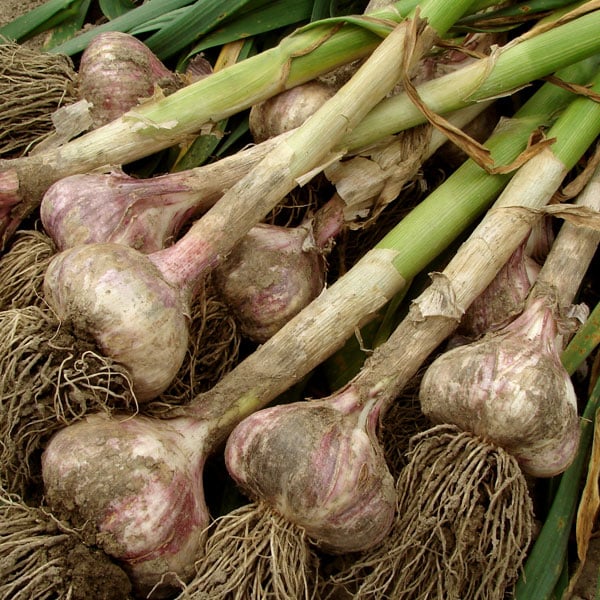
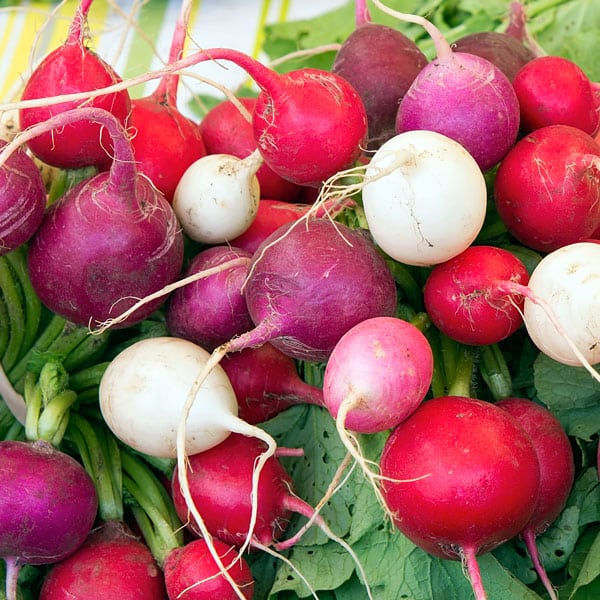
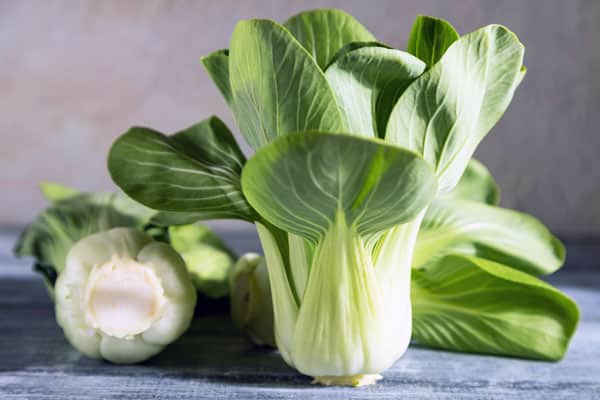
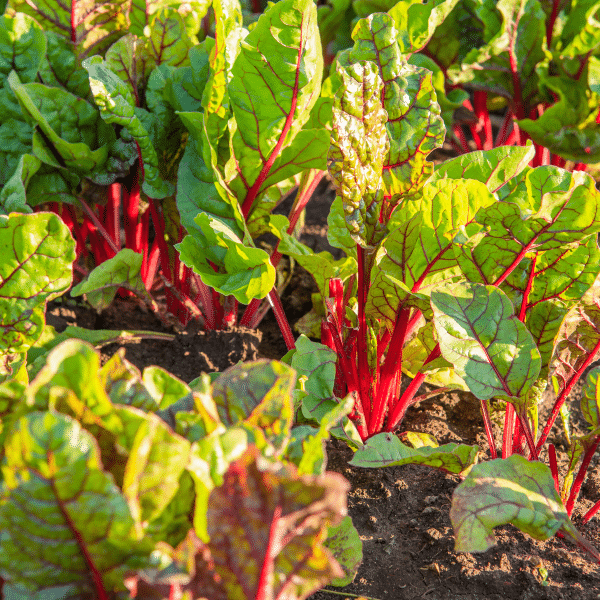
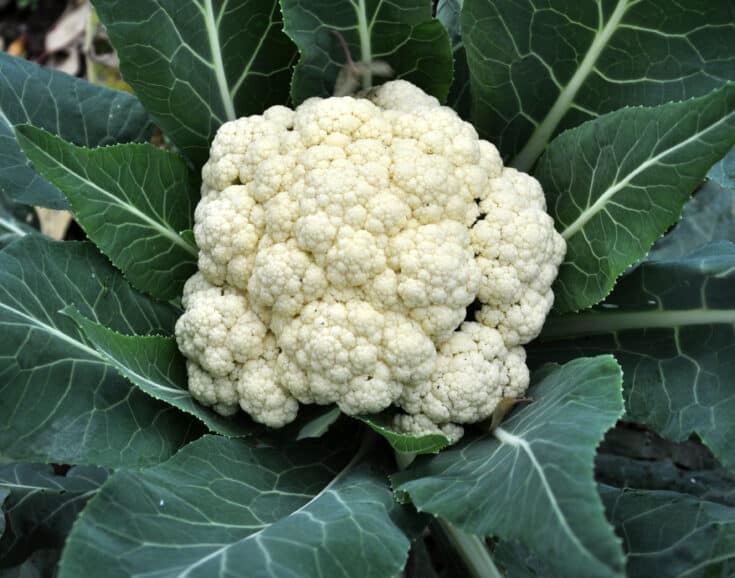
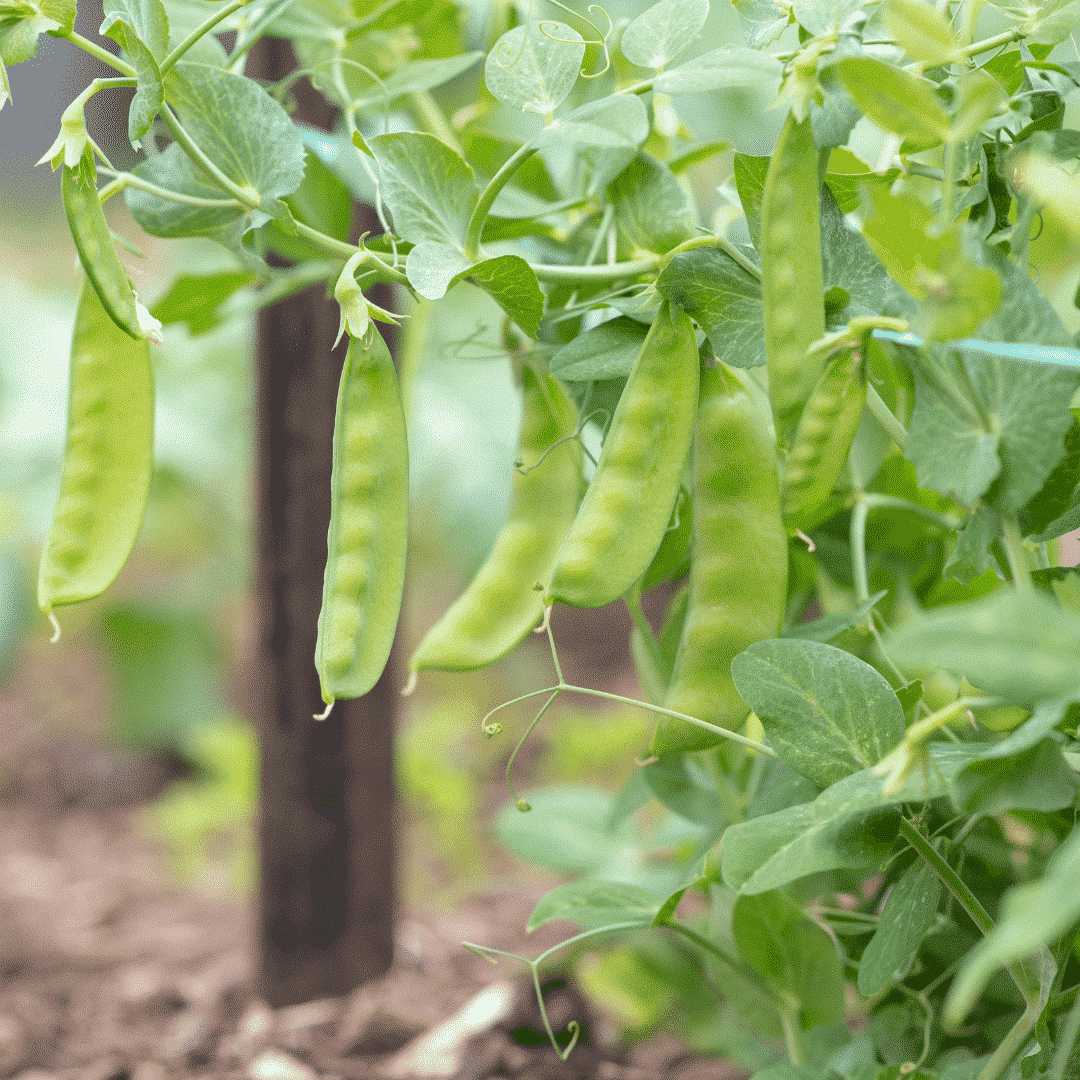
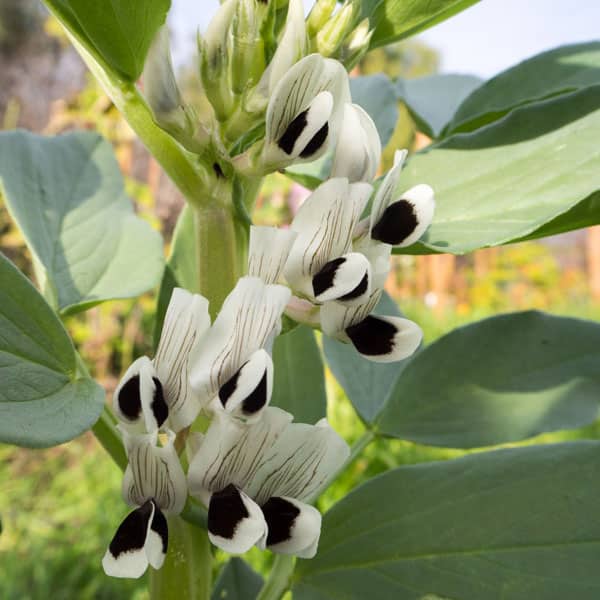
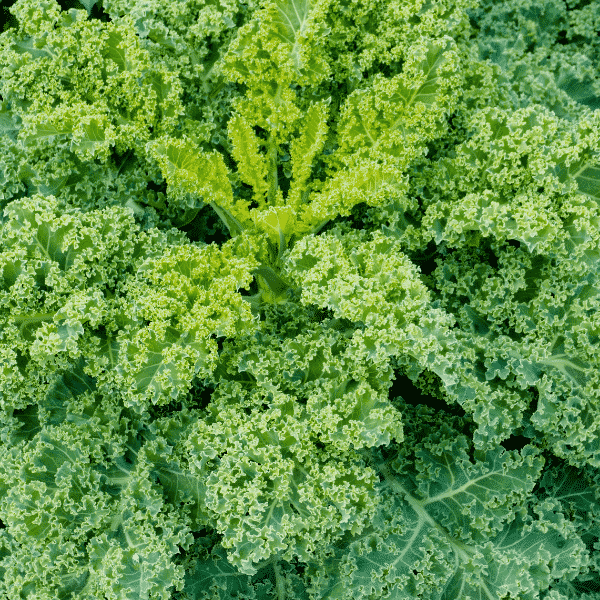
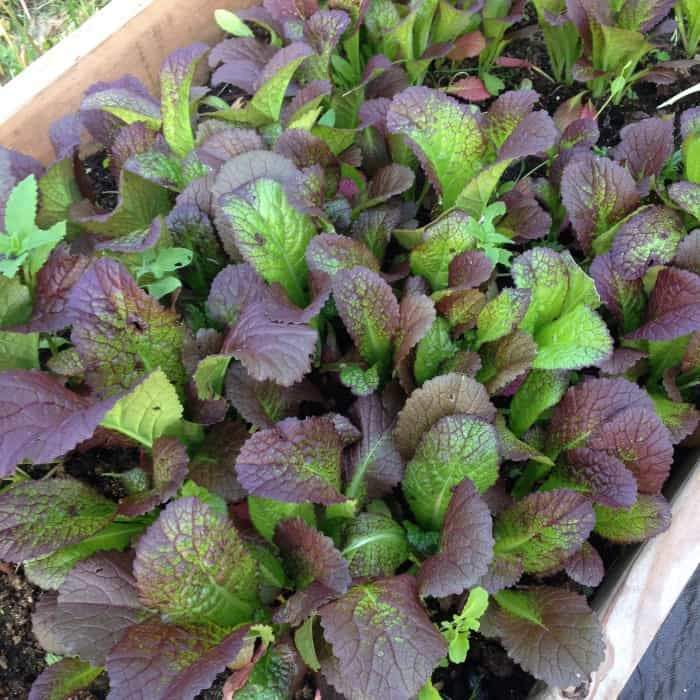
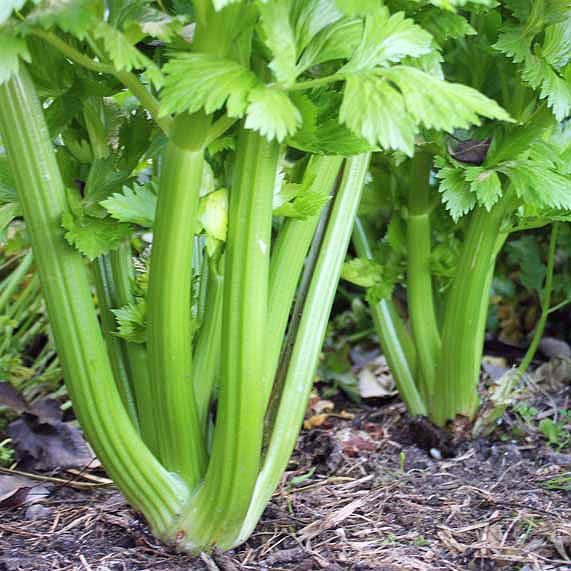
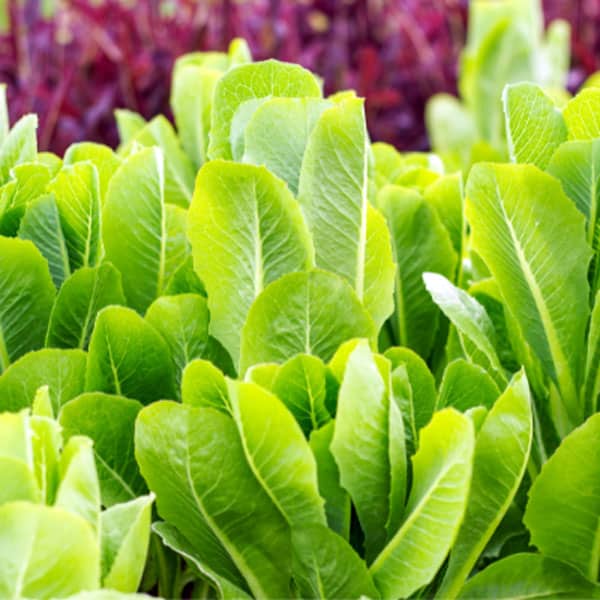
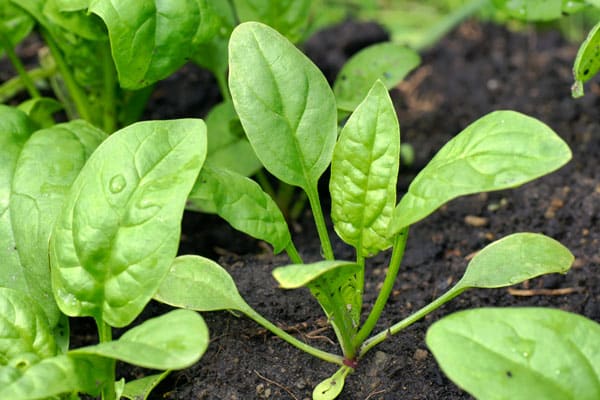
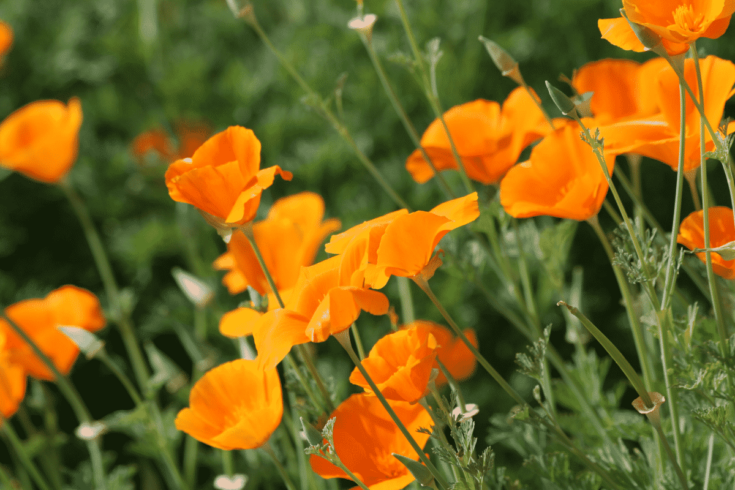

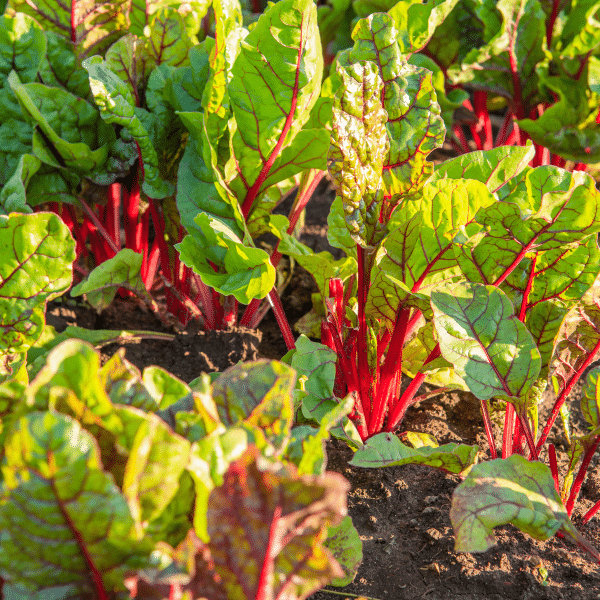
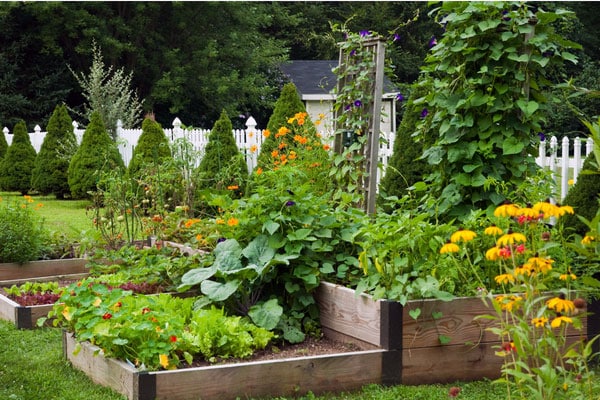
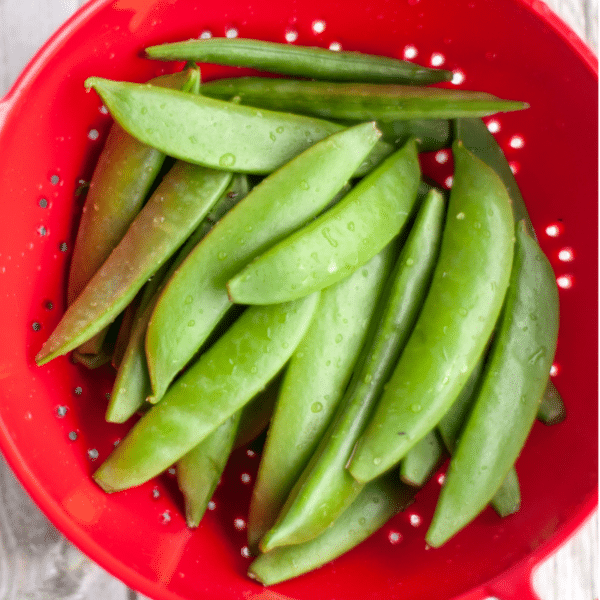
What veg for the Nashville area
Hi Pam
Thanks for creating this beautiful page.
If you don’t mind me asking you:What are the bet vegetables to plant in November in the Fort Worth area.
Your tips are very appreciated.
Thanks again,
Nelson